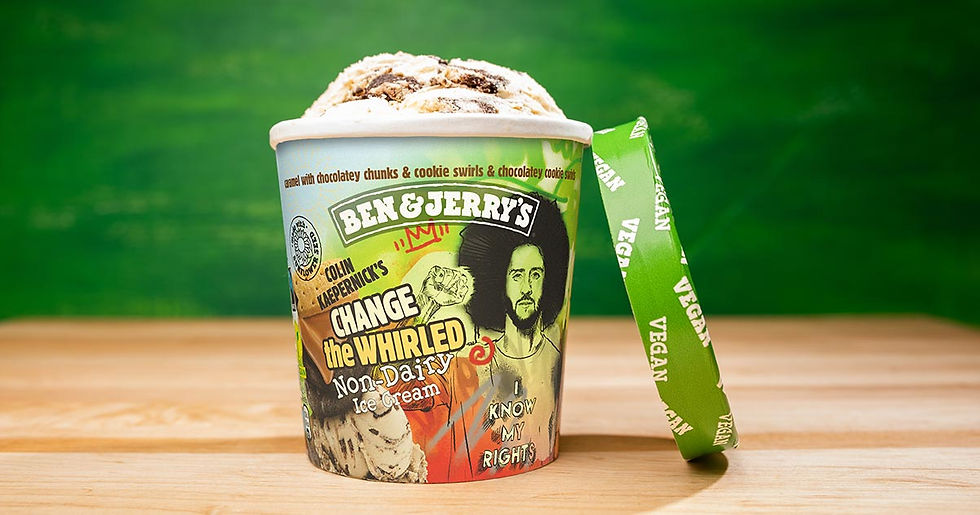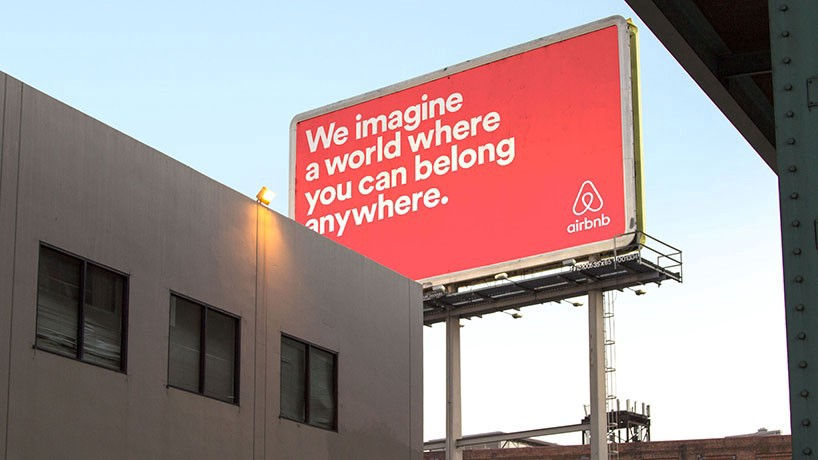Why a great product alone isn't enough
- An Lucia Bellemans
- Jun 25, 2022
- 5 min read
How many of you have read the Brand Report Card by Professor Kevin Lane Keller? The Harvard Business Review published it early 2000 and I vividly remember coming across it for the first time around 2008 when I had just become the Vice-President for Personal Care of Unilever Vietnam. It was refreshing to see the top 10 traits of the world’s most powerful brands distilled in such a coherent and systematic way.
The great thing is, while this was created more than 20 years ago, one can still recognise every single principle as being valid and applicable to any business today. The context may have changed, the pace may have increased, the channel choices may have become more fragmented…but the foundational principles remain as valid today as they were 20, 30 and more years ago. Having been inspired by him, not only have I used this as my guide throughout my marketing career, I also have come up with my own personal list, more adapted to today’s world!
To start us off, in this blogpost we will look at how brands need to provide a superior product or service with a compelling promise that people truly desire. This is the first principle and the most fundamental principal of marketing - if this principle doesn’t get adhered to, then you don’t have a story to tell, a product to sell…let alone having a brand. When you go into a supermarket, pharmacy, department store, e-commerce site, etc… to purchase an item, for most goods you are going to be overwhelmed with options. But the brand that is relevant, that pops into your mind when a certain need is triggered, the brand with whom you resonate most, that aligns with your values, THAT will be the brand that has more chances to be picked up by you.
Everything starts with the fact that you need to have a superior product or service that responds to people’s needs, problems, wishes. Deep-rooted consumer understanding is at the base of this principal. Hence, why it is directly connected to what ‘people truly desire’.
You might wonder about the choice to include the word “truly” and I have consciously done this to make a point about having a deep-rooted understanding of your consumer, instead of something a bit more superficial.
In today’s world it is important that we don’t just understand our ‘consumers or customers’ , as terms like this make us see our audience in a transactional way. We need to see them as ‘people’ with certain attitudes, behaviours and beliefs, who can and will evolve according to the changing context.
Compared to 10 years ago, people are now much more demanding on what they expect from their brands. Gone are those days that by simply selling a relevant product and service, that would appeal both emotionally and functionally, that you would do a great job as a brand. Today, people expect their brands to be much more meaningful, to contribute to issues that matter to them, societal, environmental and well-being issues. And that takes us to the concept that brands need to offer a compelling idea on top of being a superior product; a compelling promise that aligns with the values and expectations of their target group.
To be able to create value with your brand, you need to think, act and behave as a brand. A great business creates a superior product that solves a problem. A great brand goes beyond that, it provides a compelling idea and promise to buy in to.
In order to find that compelling idea you need to articulate what your distinctive positioning will be. That choice will be a direct reflection of the people you serve because you will need to make sure your target will resonate with you.
Let’s look at Ben & Jerry’s. According to the 2021 Unilever Annual report, the brand grew 7%, and is now one of 13 brands that broke the annual turnover threshold of €1B. In his annual review, Unilever Chief Executive Officer Alan Jope states that winning in brands and innovation ensures how the top brands deliver superior performance. This remains as one of Unilever’s strategic choices to help drive growth.
The ice-cream brand strives for product superiority through innovative concoctions, surprising ingredients and humorous communications. The ice cream products are so different to the competition in the market that it was clear when people bought Ben & Jerry’s, they weren’t looking for a purist ice-cream experience. Not only did they want delicious ice cream, but they wanted to buy into the brand’s irreverent and creative personality and strong activism values. The brand famously uses their product as a vehicle for communicating social mission messages. They believe that ice cream can change the world and their core values guide the business at every level including supporting environmental issues and advancing human rights.
For example, one SKU currently in the market is a flavour dedicated to Colin Kaepernick - “Change the WhirledTM”. The brand supports Kaepernick’s activism and donates a portion of the proceeds from sales to Kaepernick’s charity, KNOW YOUR RIGHTS CAMP, that helps empower and elevate Black and Brown communities in the US.

(source: benjerry.co.uk)
How does this make the ice-cream and frozen desserts superior in their category? Arguably this might not affect the product much other than providing another magical flavour combination opportunity. However the brand values that you are buying into is likely to be what tips the scale for many shoppers and/or consumers. This is what I would describe as the “Compelling Brand Promise”

(source: brandgrowthbootcamp.com)
Now it is important not to confuse a compelling brand promise with a brand purpose. Sometimes they are the same thing, sometimes not. Either way, the compelling brand promise has to be a brand vision that makes a shopper and consumer say that they are willing to spend money so that the brand can fulfil that vision.
How about a brand in another category like Airbnb? The offering at the most basic level is finding places for people to stay when they travel – something that booking.com or Tripadvisor can also do – connecting leisure and business tourists with accommodation. However the superior product is that it isn’t finding vacant hotel rooms, but rooms in people’s homes in order to provide a more authentic and local stay.
Co-founders, Brian Chesky and Joe Gebbia, realised the key to creating the superior product is making the Airbnb experience desirable for both guests and hosts. Leveraging their design backgrounds as well as the programming expertise of the third co-founder, Nate Blecharczyk, the Airbnb platform is considered a state-of-the-art marketplace (the superior product) that allows guests to assess their options and for hosts to sell the experience of staying in their homes (the compelling brand promise). The Airbnb experience to allow guests to belong anywhere wouldn’t ring true without these.

(source: medium.com)
The “belong anywhere” compelling brand promise conveniently also works for Airbnb’s charitable foundation – Airbnb.org. The non-profit organisation leverages the Airbnb network and resources to help finds homes for those in moments of crisis; from natural disasters, pandemics to national asylum. Although this is not the original intended depiction of the “belong anywhere” brand promise (in an ideal world this depiction wouldn’t exist), you can’t help but agree that the money that you put towards your holiday experience can be put to good use.
With these examples, you can see that the tangible product and the intangible offer shouldn’t exist in isolation of each other. The superior product is a table-stake that has to exist in order to keep the brand viable in the category, and the compelling brand promise makes it competitive and distinctive amongst the other similar great products in the category.
When you think about your own product, start to think about:
How your brand guarantees the high quality of your product?
How does your brand help people overcome their fears or reinforce hopes and dreams?
How does your brand define your people, what does it say about them if they use your product?
How does your brand stand out in a crowded world? How does it get noticed?
Once you can answer these questions with clarity and confidence, you are off to a great start.



Comments